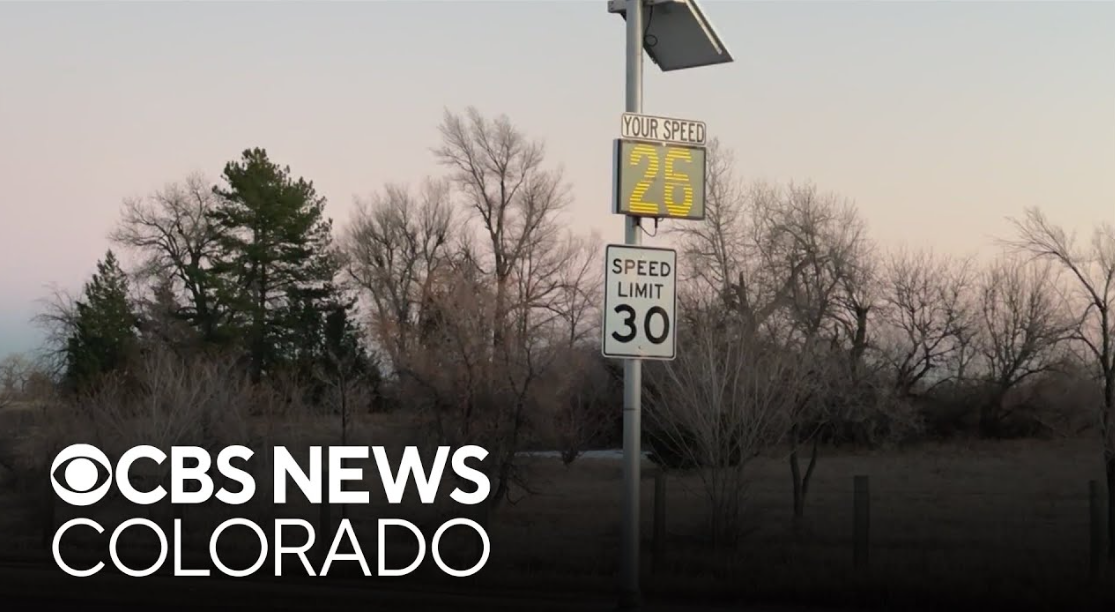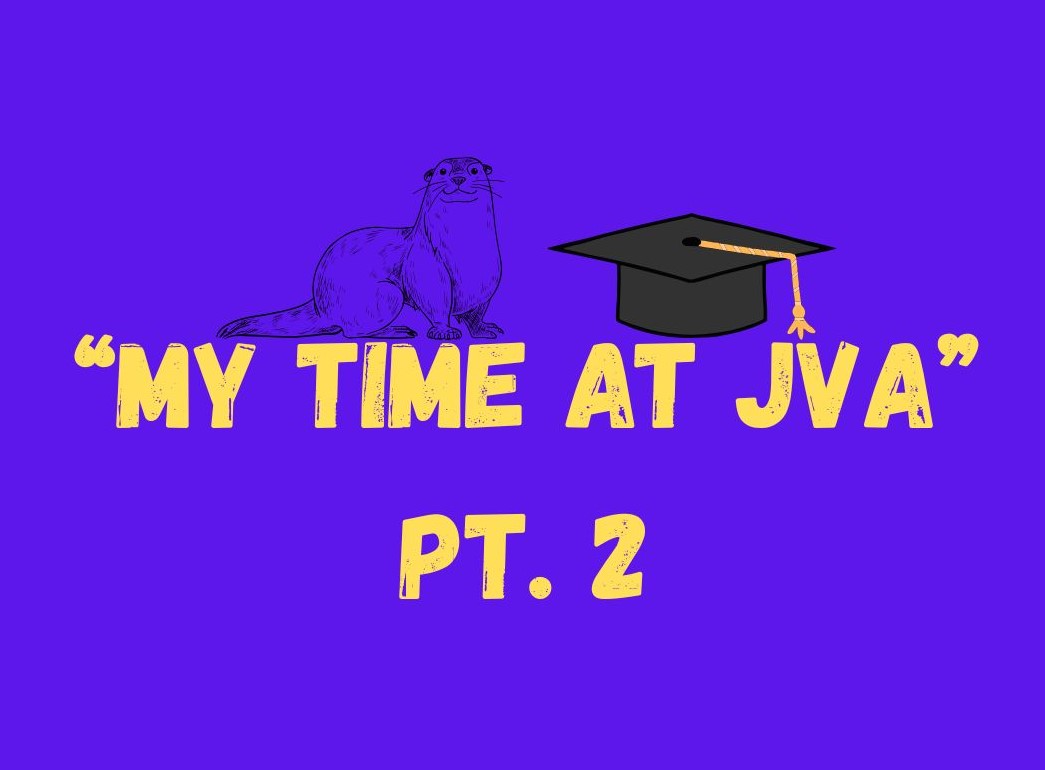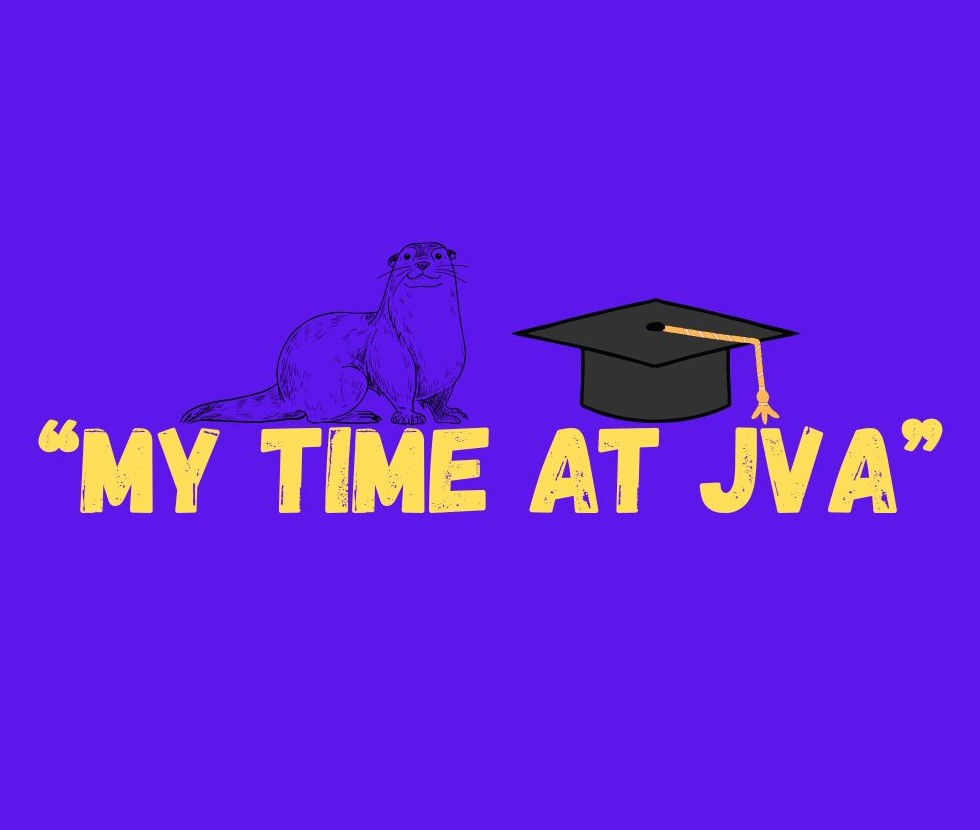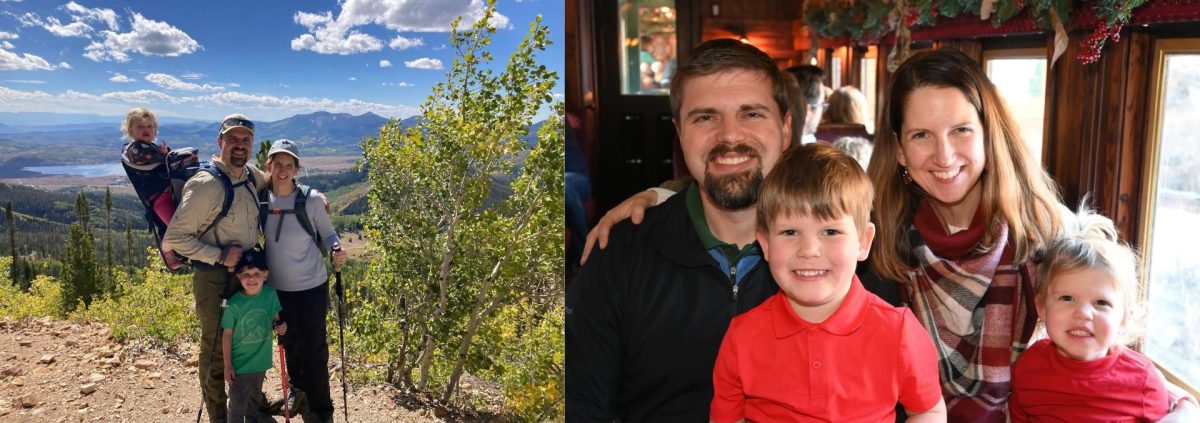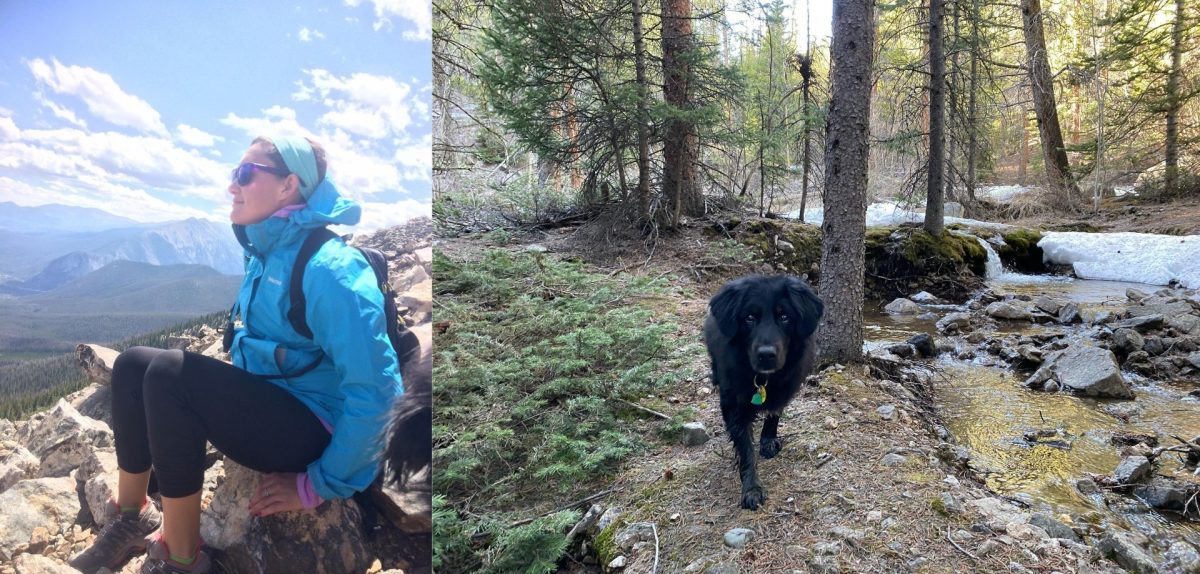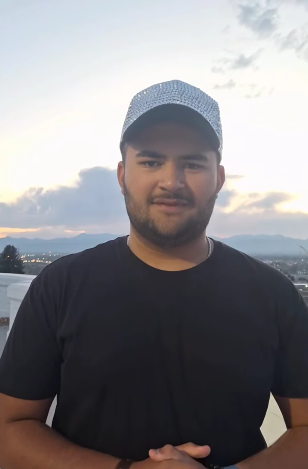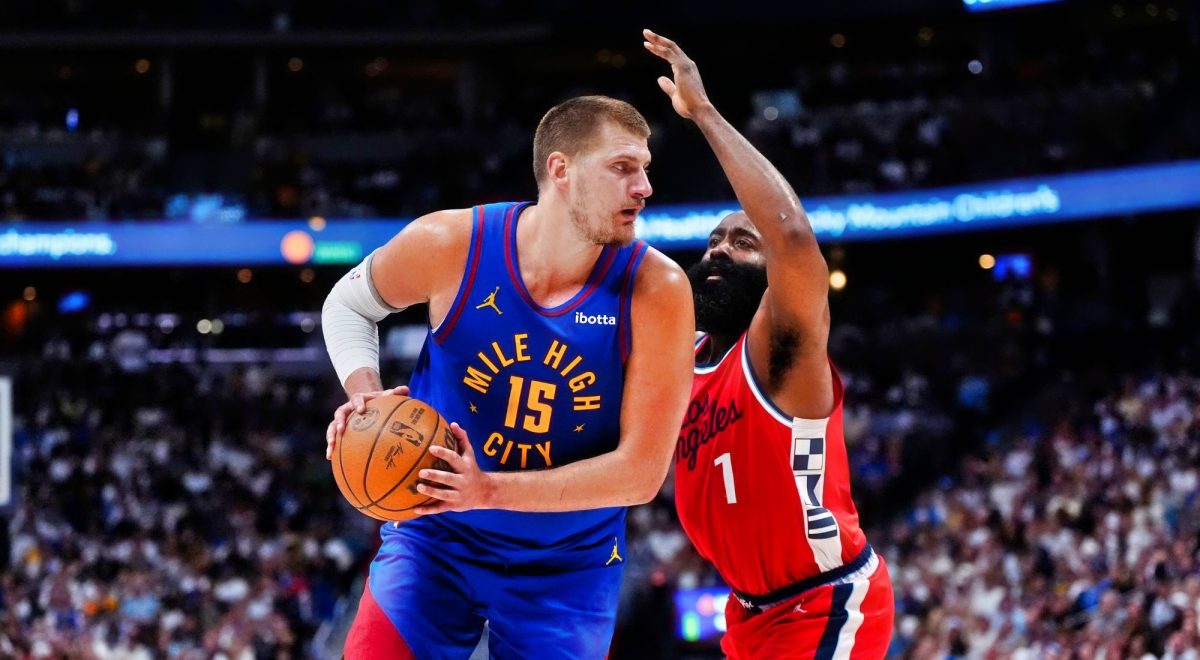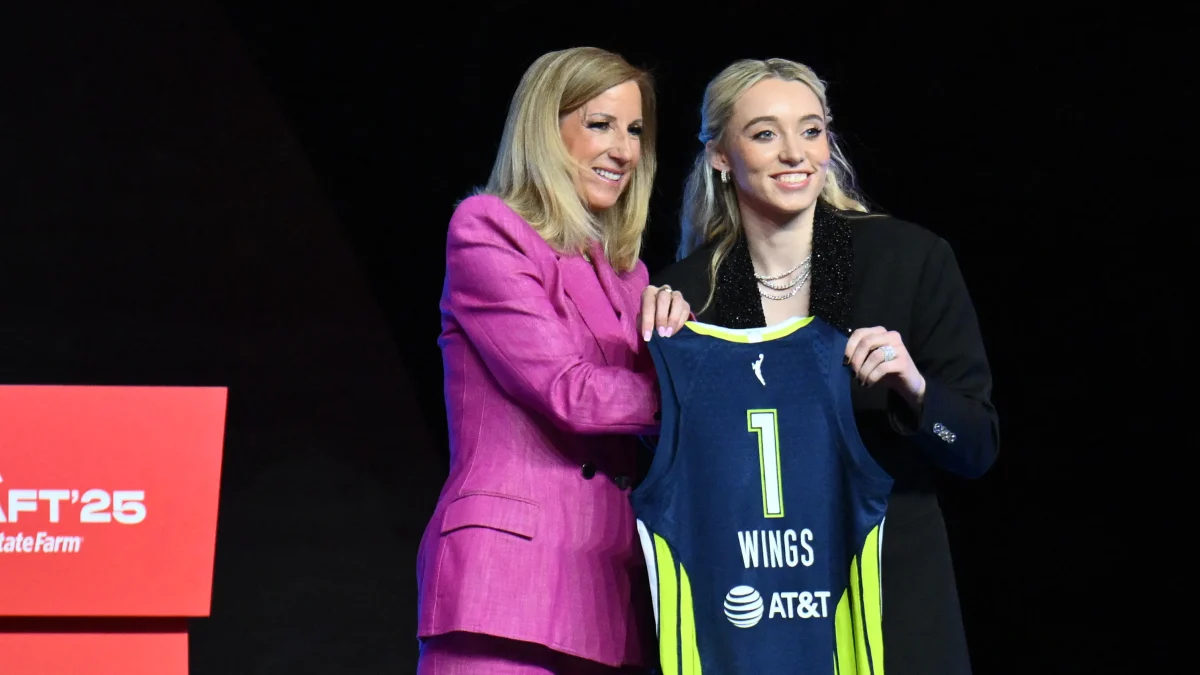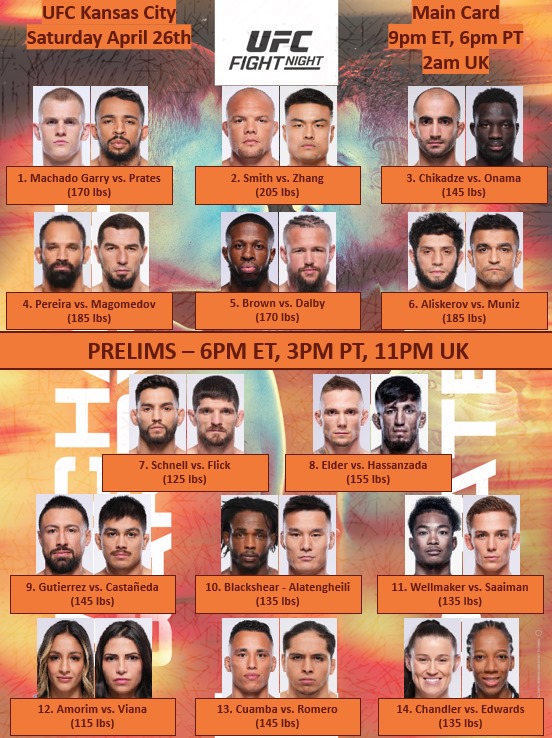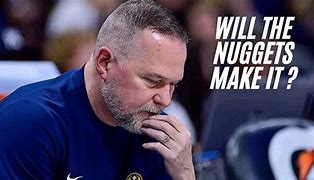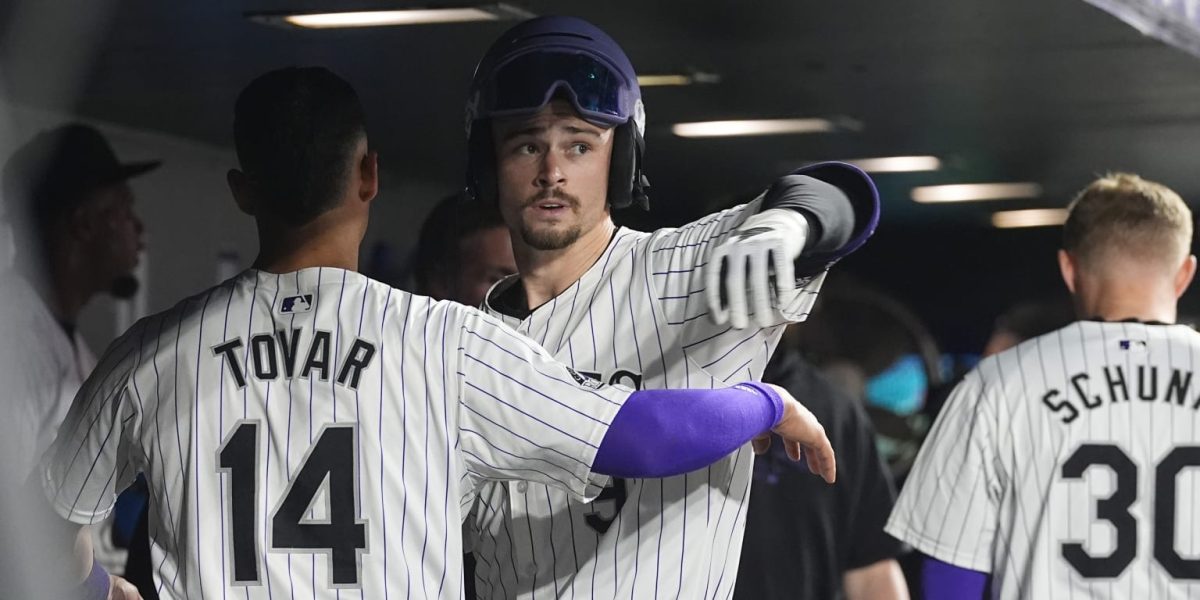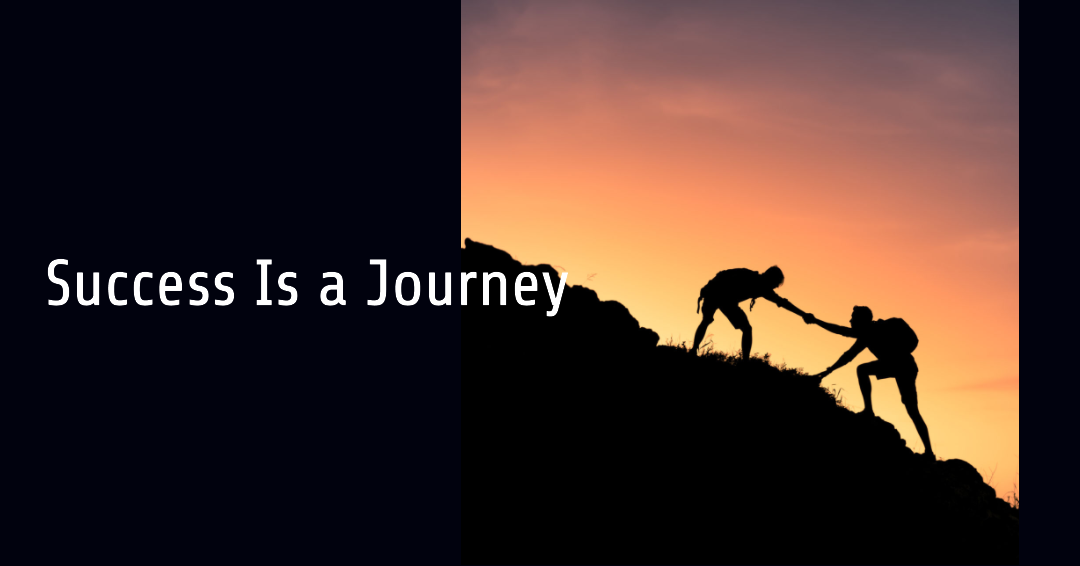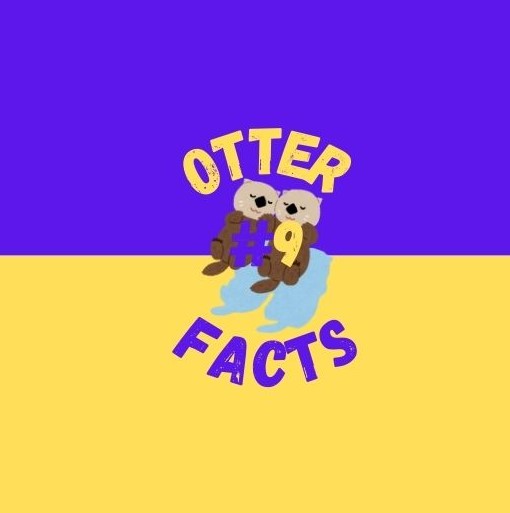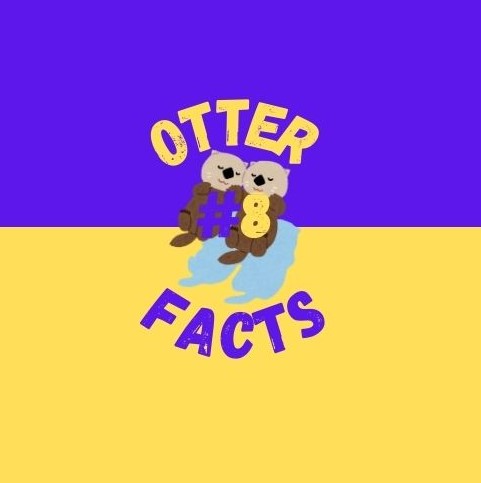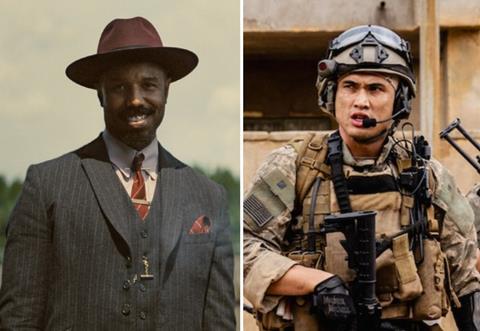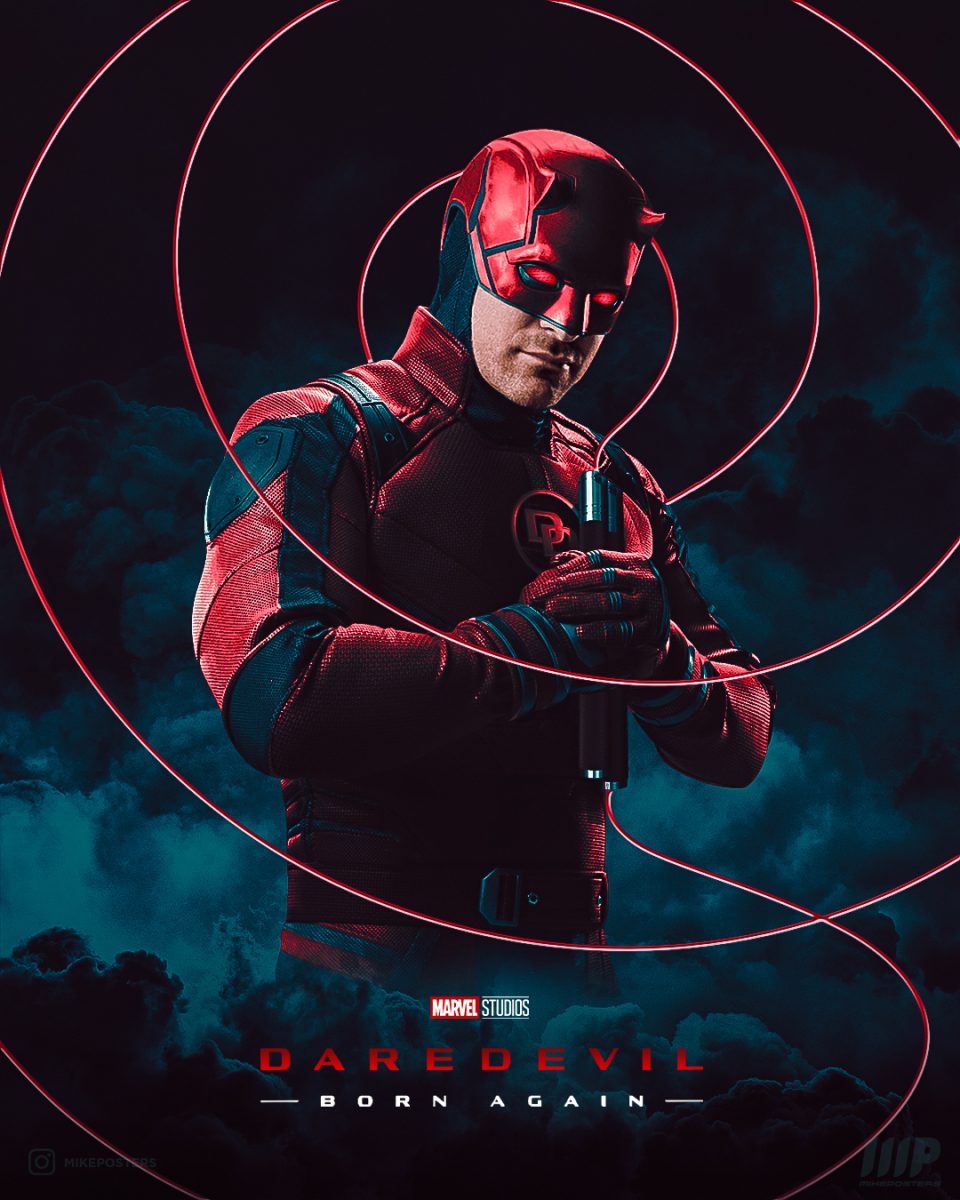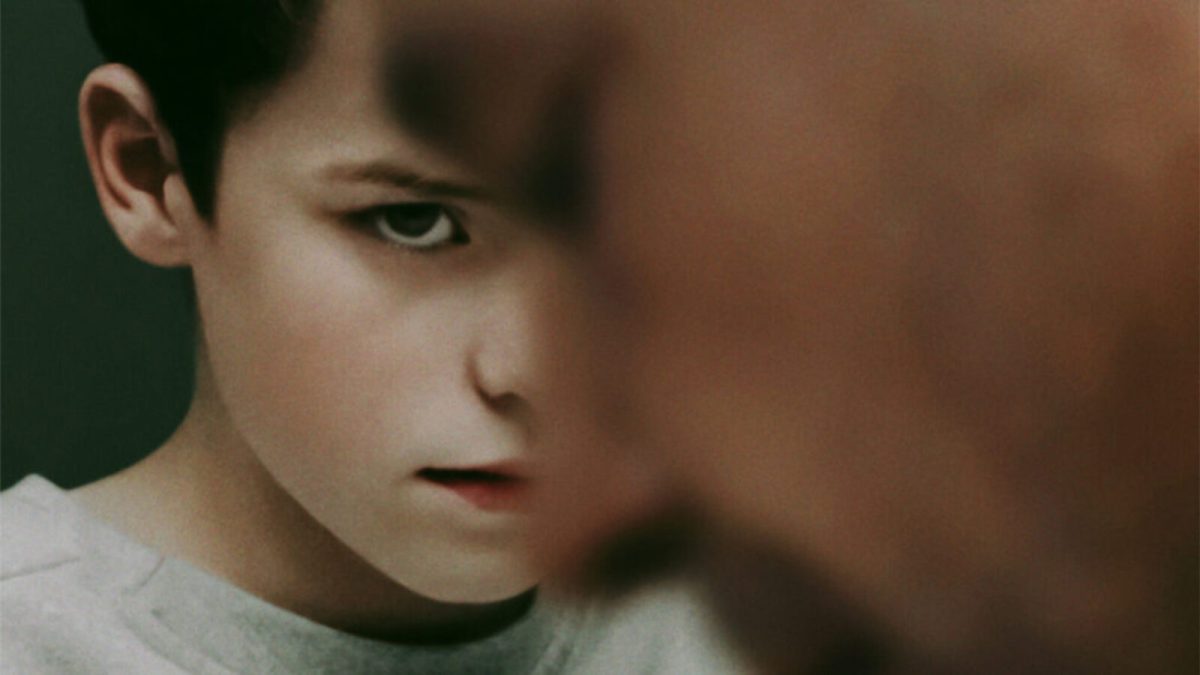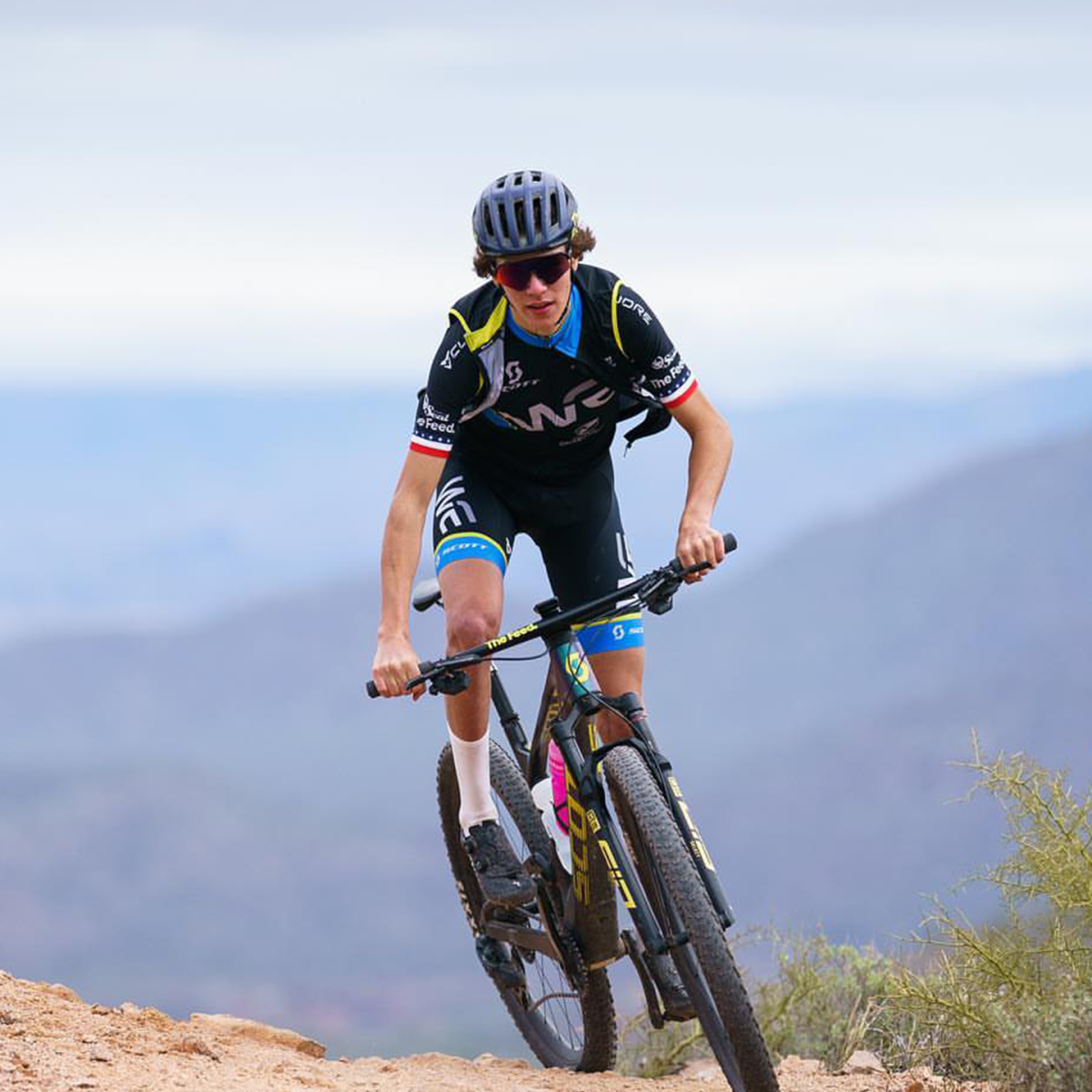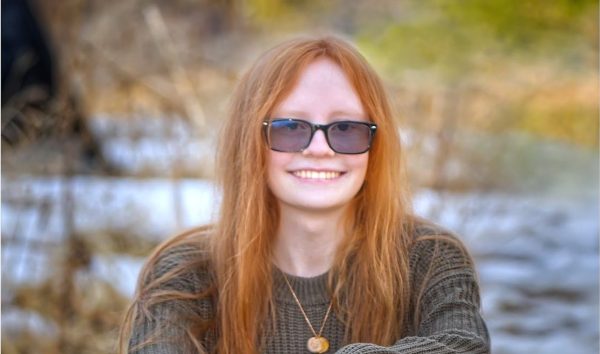Sports are loved all over the world by almost everyone. There’s a sport for anyone to enjoy, either by watching or participating. While I don’t sit down and watch many games and I haven’t done a sport since I was on a soccer team as a kid, I still have one I love watching and participating in. And, if you know me, it’s no surprise that the sport involves my four-legged best friends.
Dog agility is one of many dog sports. Introduced for the first time at the Crufts Dog Show in London in 1978, dog agility–or just agility–is a sport that combines athleticism, obedience, and the connection between human and dog as they go through an obstacle course with the goal of completing it as fast and as accurately as possible. Still not sure what it is? I’ll show you.
First of all, there are numerous types of obstacles for dogs to jump over, go through, or go on. The most basic and easiest to understand is the jump. Dogs are measured at their withers–the highest point of their shoulder blades–and put into a height group: 8”, 12”, 16”, 20”, or 24”. As a dog goes through the obstacle course, they must clear the jump without knocking it over. One type of jump is a tire, which is literally a tire they need to jump through. The rules are basically the same for a tire, except they need to jump through it without hitting it and breaking it in half(as it is held together magnetically). There are also other types of jumps, such as the double and triple jumps which just add how many poles the dog must clear, and then the broad jump which expands horizontally instead of vertically like other jumps.
Moving forward, another type of obstacle used in agility is a tunnel. It’s basically how it sounds; it’s a tunnel made of soft material that dogs need to go through. Most are quite long, but some may be short. Tunnels are usually pretty hard for dogs new to agility to learn as many don’t like how dark tunnels look on the inside.
There is a group of obstacles that are probably the hardest in agility. They are known as contacts, and they are characterized by their two different colors and the need for dogs to get at least one toenail–yes, that specific–in the color on the lower part of the obstacle. Contacts are most likely blue and yellow, with the ends of both sides of the obstacle being yellow and the middle being blue, but they can really be any two colors. Contacts are so challenging because 1) they bring dogs off the ground, and 2) dogs must learn how to get into the yellow part of the contact before putting their paws on the ground again. If dogs are unable to do this, they are faulted and at normal trials can no longer qualify as it is a safety concern. Personally, my least favorite contact is the dog walk, as they are rather skinny and at trials pretty tall.
A slightly contested obstacle at trials is one called a table, which is a… table adjusted to height groups that dogs sit on for five seconds. Many people think it doesn’t need to be at trials, but my opinion is that it is fine… it gives me time to breathe!
One last obstacle in agility is personally my favorite: the weave poles. Either 6 or 12, they are vertical poles dogs weave through. Dogs must enter with their left shoulder passing the first pole. They then must weave through the rest without skipping any. When dogs do 12 weave poles, they will be faulted for skipping any of the weave poles.

As mentioned before, there are agility trials. These are held at fairgrounds, indoor sports arenas, outside, and other places. The most important thing to know about trials are the different levels: novice, open, excellent, and master. Every single human-dog team starts in novice, even if a person has competed before. Novice is the easiest and the only class that uses six weave poles. Open is slightly harder and starts using 12 weave poles. Excellent and master are then the hardest.
Also at trials are faults, which have been mentioned before. These faults are time faults, adding a certain amount of seconds to your time. Faults include:
- Refusals- a dog goes past the entrance to an obstacle, skips a weave pole, exits a tunnel the same way they entered, or leaves the table before five seconds is up. This kind of fault adds five seconds to your time.
- Wrong obstacle/off course- a dog executes or at least touches an obstacle out of order. This kind of fault adds five seconds to your time.
- Missed contact- a dog touches the ground without getting at least one toenail in the yellow part of any contact obstacle. Technically, this fault adds 10 seconds to your time, but at normal trials you can no longer qualify as it is a safety concern if a dog misses a contact. At big national trials, rules for missed contact faults vary depending on what agility club is hosting the trial.
- Knocked bar- a dog knocks down the pole/bar of a jump while going over it. Technically, this fault adds 10 seconds to your time, but at normal trials you can no longer qualify as it is a safety concern if a dog hits the bar of a jump. At big national trials, rules for knocked bar faults vary depending on what agility club is hosting the trial.
The amount of faults you can obtain at each difficulty level varies, with novice being the most lenient and excellent/master being the harshest. The scoring system is slightly more complex than this, but these are the basic rules at a trial. It is also worth noting that a judge stands in the arena while you run the obstacle course to call out faults to scorekeepers.
Furthermore, you need to qualify three times to get something called a title and to move up to the next class. For example, you would need three different runs with at least 85 points(five second faults also take away from a score of 100) to get your Novice Title. Then, at your next trial, you could start competing in the Open class.
But that’s enough about agility itself; it’s time to talk about my experience. I started agility when I was 7 or 8 because my aunt taught at a dog training facility. I learned agility with my chow chow mix, Aggie, who already had a couple years of experience. We bonded and I got better and better until, finally, at 11 years old I started competing. In February of 2019, Aggie and I made our official debut at the National Western Complex with Aggie having just turned 6 and me getting close to 12. Bug-eyed and overly excited, Aggie and I barely missed qualifying after she knocked down the bar of the final jump. Despite our misfortune, however, the crowd cheered for us as I was the youngest handler, a common theme throughout my competing years.
Not at all discouraged and having fallen in love with the rush of adrenaline I felt, Aggie and I continued competing through the year. As the last month of the year approached, Aggie and I obtained two qualifying runs and, as we prepared for the year’s last trial in December, I could feel our third qualifying run and our Novice Title. The big Sunday afternoon was finally there, and as I cannot remember how well we did, all I can say is… we qualified! Just like that, in about 10 months with trials in even fewer, Aggie and I got our very first–and sadly only–title. To have done that at age 12, I was so insanely excited and couldn’t wait to see what 2020 would be like for us.
But 2020 wouldn’t turn out exactly as I thought it would. First of all, Aggie turned 7 in January and was starting to develop some health issues. Despite that, for the first few months, we competed in our new class, open. We were never able to qualify, mostly because Aggie was slowing down and couldn’t complete the course under the time limit. We still had fun though and were happy despite not qualifying at what would become our very last trial in March. I could tell things were starting to change by then, as the leashrunner, who brought the leash of the competing dog from one side of the arena to the other, was using a grabber so she didn’t have to touch another person’s leash. I had also been told by my 7th grade teachers to bring home all my binders in case we weren’t able to return to school that Friday.
Then our trial in April was canceled, and I started doing remote school for the rest of 7th grade. After a few weeks, all trials were canceled and Aggie and I couldn’t compete anymore. Our weekly agility class with my aunt was even canceled for a while, and we were stuck doing agility at home. And, just like that, Aggie’s competing career was over. Today she enjoys running through tunnels and doing the weave poles as she is now 12 and is too stiff to do anything else.
Back to 2020: a lot of things were happening in the world, and while things were difficult and confusing, I was getting more and more excited as the year progressed. And all the excitement overflowed when, on September 1st, my family brought our beautiful Australian shepherd Cascade home.
With the extra time I had with doing online school for 8th grade, I was able to train Cascade a lot early on. I wasted no time in our agility training, and that’s when the unbreakable bond we have today started. Cascade’s always been something special, and in agility it was no different. We waited a couple months for her to go to actual agility class, so for the first few months I started teaching her obstacles in the backyard. She picked up pretty quickly, and I felt myself getting more and more excited. At just age 13, I was starting to train my very own dog in agility, and I was so happy.
With one jump, a very short tunnel, a small tire, six weave poles, and a square to put on the ground to act as a table, Cascade started developing her agility skills and our bond started strengthening. Eventually she started going to agility classes and got to see real obstacles for the first time. She started out with jumping over nothing and not going fully on the contacts(just learning about waiting on the very end of each contact for the future), and unlike many dogs new to agility she liked tunnels. Going to agility class pretty quickly showed me her weaves needed working on, so I spent as much time as I could practicing the weave poles with her in my basement. And I am proud to say that before she and I even started competing, I managed to get her good at the obstacle that even the most elite handlers and their dogs struggle with. Her amazing and fast weaves are my proudest achievement!
Through 2021 we had ups and downs in agility training, but we were still ready to start competing in December of that year. She turned 1 in July, and let’s just say our very first trial was a little messy! But most people’s first trials are. I was just proud to have been able to get a young dog with only the training I started with her when I was 13 through a whole entire obstacle course(with many faults still!) when she’d never been to a trial at all before. It was a very exciting and proud weekend.
With unfortunate weather at the beginning of January canceling our second trial, we didn’t compete again until March of 2022. I was expecting Cascade to be all over the place, but she absolutely astounded me. We got through a course with no refusals or off course faults, completed the course in 45 seconds, and got the weave poles on the first try(she passed by them two times at our first trial). However, she knocked down the bar of a jump so even with a pretty fast time and no other faults we couldn’t have even qualified. It was a little bittersweet, as it would’ve been our very first qualifying run at only our second trial, and we would’ve gotten 1st place because no other dogs in Cascade’s jump height qualified. 45 seconds was also an amazing time for someone in novice to have. But I was still so overjoyed by how well she listened to me and how fast we were able to go. This trial showed me that we could do anything. The video linked below is of this run!
https://youtu.be/KVllh-nlE30?si=nTD5pBftrKUVB_q0
It didn’t take long for us to qualify, though; at our third trial in April, we qualified both Saturday and Sunday. In just three trials, Cascade and I managed to get two qualifying legs in novice, with her still being 1. I was so happy and proud of Cascade. Then we hit a slightly rough patch. We did numerous trials between April and November, but we sadly didn’t qualify.
Then it happened. Late in November, while feeling our title was so close yet so far, Cascade and I qualified for a third time. It happened. At a venue neither of us had been to before, we got our Novice Title. Just 2 and 15, and in under a year, Cascade and I conquered novice!
I honestly don’t have words to describe the feeling of getting a Novice Title with two dogs, both within a year, by the time I was 15. Especially since Cascade is the first dog I’ve ever trained on my own. Aggie’s so incredibly special to me because she’s the first dog I ever really remember, and she’s my very first agility dog. Cascade is also so special to me since she’s the first dog I’ve ever trained by myself. I love these two more than I could ever express, and I am so grateful that agility brought us together and created unbreakable bonds.
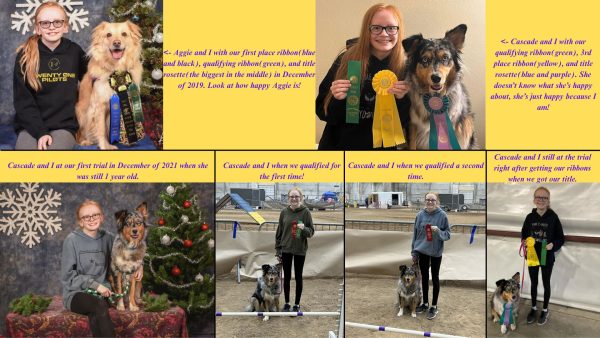
After getting our title, Cascade and I tried competing in the next class, open. But a new class means new dogs, and those dogs were very crazy. It didn’t take me long to notice that Cascade was getting pretty stressed and agitated when we were waiting for our turn. The big dogs around her had too much energy for her to handle, and she released that stress by running around the arena instead of listening to me. We weren’t really able to fully complete many open courses, and after a trial in April of 2023, I decided we needed to take a break. Then it turned into fully stopping. Our very last trial made me realize that the trial environment was no longer for Cascade, and as hard as it was, I knew I couldn’t keep bringing her back to trials just because I enjoyed them. And, really, all the joy of competing instantly left me when I realized that Cascade’s craziness within the arena stemmed from the stress created outside the arena because of the other dogs. I am just glad I was able to make that observation, as we are now both happier and still going to agility classes for fun.
For me, agility isn’t just a sport. It’s a way for me to connect to my two wonderful dogs and for us to create bonds that will last their whole lives. Agility has also taught me a lot, like how to be more stubborn than a chow chow–if you know you know–and how to have enough patience to teach a smart, quick-thinking Aussie puppy commands. I will also always value the skills I have learned from working with dogs since I was so young, like how to read dogs by looking at their body language.

